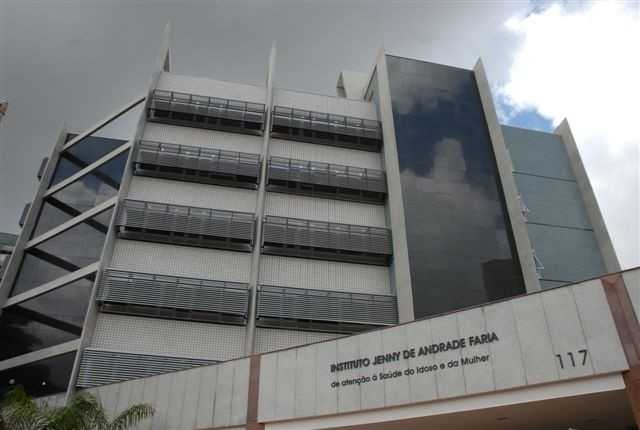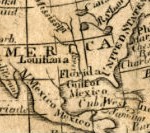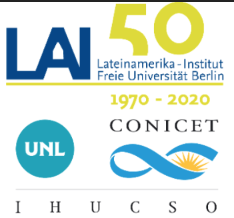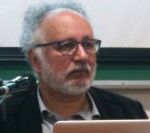Observed by Arthur Neiva in Rio de Janeiro in 1907, the biological and social resistance of malaria sufferers to preventive and curative treatment with quinine was corroborated three years later by Oswaldo Cruz during the construction of the Madeira-Mamoré Railway in the Brazilian Amazon.
Likewise in 1910, ailing German workers were transferred from Brazil to Hamburg’s Institute for Maritime and Tropical Diseases, where quinine resistance was confirmed by Bernard Nocht and Heinrich Werner. When the First World War saw failures in treating and preventing malaria with quinine along with violent outbreaks of the disease on the Turkish and Balkan fronts, resistance to this alkaloid became the topic of the day within the field of experimental medicine in Germany. New attempts were made to account for the resistance, especially by the physician Ernst Rodenwaldt, who explored the topic by applying modern theories on heredity.
This article by André Felipe Cândido da Silva & Jaime Larry Benchimol addresses the discussion about quinine-resistant malaria plasmodium in the early decades of the twentieth century. It offers a preliminary survey and analysis of pronouncements about quinine resistance, shedding new light on the circulation of knowledge in the field of tropical medicine.
Source: Medical History / Volume 58 / Issue 01 / January 2014, pp 1-26









